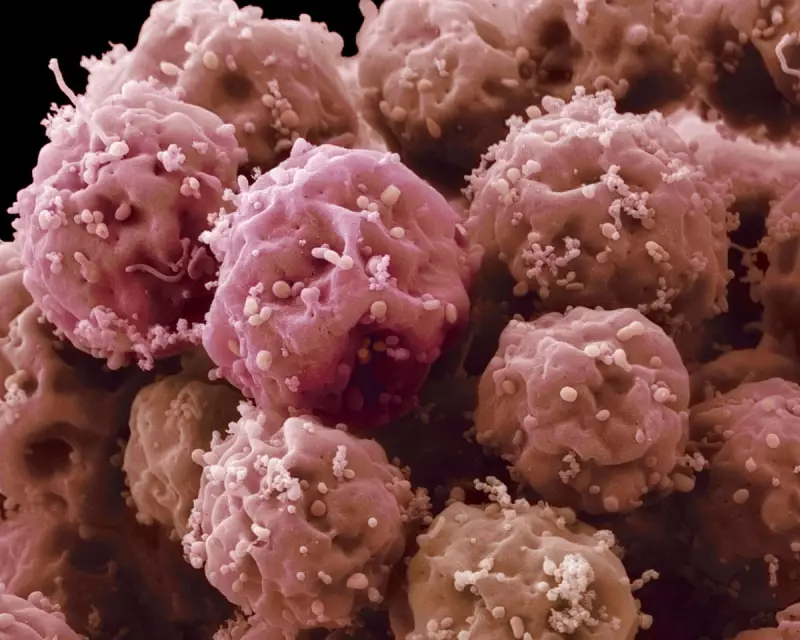
In a landmark achievement that could revolutionise our understanding of heart development and disease, British scientists have successfully grown living cells that spontaneously organised into a structure mimicking the earliest stages of the human heart.
A Self-Assembling Marvel
The research team, working with stem cells, witnessed the extraordinary moment when these precursor cells began beating and forming what resembles a miniature, simplified version of a developing human heart. This three-dimensional structure, known as a 'cardiac organoid', represents the most advanced in vitro model of early heart development ever created.
This breakthrough is particularly significant because the cells organised themselves, following the same biological instructions that guide heart formation in a human embryo. "We're not building this structure piece by piece - we're creating the right conditions and watching nature do its work," explained the lead researcher.
Transforming Congenital Heart Disease Research
The implications for understanding and treating congenital heart conditions are profound. Approximately 1% of babies worldwide are born with heart defects, and until now, researchers have lacked adequate models to study how these conditions develop in the earliest stages.
- Enables study of heart defects from their very origin
- Provides platform for testing drug safety during pregnancy
- Reduces reliance on animal models for early development research
- Could lead to personalised medicine approaches for genetic conditions
Beyond Transplantation: A New Era of Discovery
While growing transplantable hearts remains a distant goal, this achievement opens immediate opportunities for fundamental research and drug development. Pharmaceutical companies can now test how experimental medications affect the earliest stages of heart development, potentially preventing birth defects caused by certain drugs.
The research represents a convergence of developmental biology and bioengineering, creating what scientists describe as a 'window' into the first weeks of human heart formation - a process previously impossible to observe directly.
The Future of Cardiac Medicine
As the technology advances, researchers anticipate being able to create more complex heart models that could eventually lead to:
- Personalised drug testing using patient-specific stem cells
- Better understanding of how genetic mutations cause heart defects
- New approaches for heart repair and regeneration
- Reduced animal testing in cardiovascular research
This pioneering work places British science at the forefront of cardiac development research, offering new hope for understanding and ultimately preventing the world's leading cause of birth defect-related illness and death.





